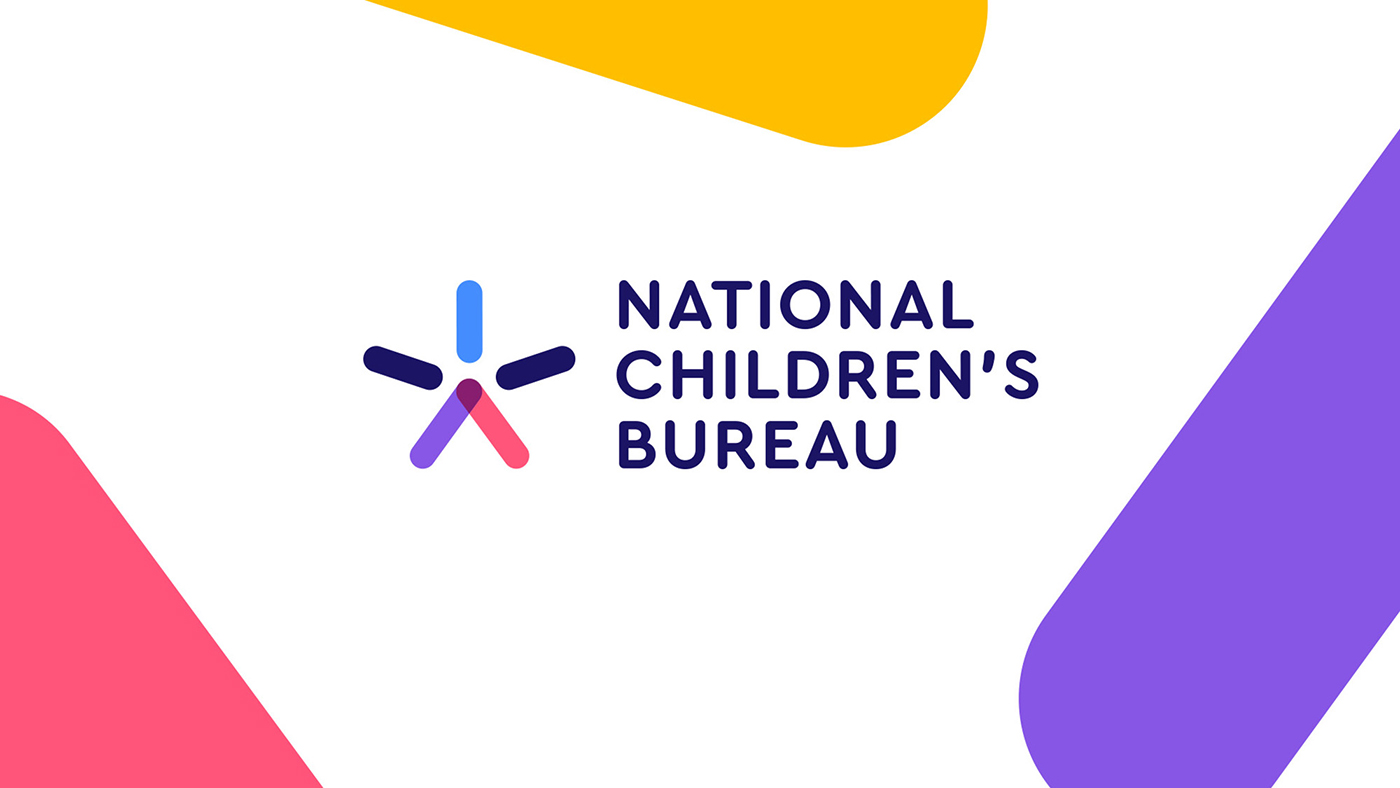
This year, the National Children’s Bureau celebrates its sixtieth birthday. To commemorate this occasion, Julie Anderson, Emily Bartlett, and Eilis Boyle, our researchers from the University of Kent, collaborated with NCB colleagues to research content for an interactive digital timeline.
We heard from Eilis and Emily about their personal highlights working on the timeline.
What did you enjoy most about researching the timeline?
As historians, it was fascinating to place NCB’s achievements within the broader context of continuity and change in Britain over the last 60 years, such as the HIV/AIDS epidemic, and the
Disability Rights Movement. Delving into the archives was a lot of fun, and we unearthed some absolute gems, like Disability Is – a 1995 animation made by young disabled people from the
Greater Manchester Coalition of Disabled People. The film challenged mainstream narratives of disability and centred young people’s perspectives.
What challenges did you face whilst researching for the timeline?
Firstly, there was so much incredible material, and so many significant moments we wanted to capture. We ended up presenting far more material than could ever be featured in one timeline!
It was also difficult trying to capture the joys experienced by young people in the past at the same time as drawing attention to the struggles that many children and young people dealt with in the past – and continue to face today.
What do you hope people will take from the timeline?
We hope that people viewing the timeline gain an understanding of how instrumental the National Children’s Bureau have been in advocating for children over the last 60 years. They’ve instituted critical research, such as the National Child Development Survey, and been crucial in shaping UK policy. The All-Party-Parliamentary Group for Children was established with the help of the NCB! To view the timeline and learn more about the work of the NCB over the past 60 years, visit NCB 60th anniversary timeline.